#SEWES2016
Sept 21 – Temple Sowerby to Kelso
We decided that when we left Temple Sowerby this morning, we would attempt to visit The Devils Porridge Museum in Eastriggs one more time. We weren’t far away and had plenty of time before we needed to arrive at Duncan House in Kelso.
My computer scared me bad. I mean scared me real BAD. When I shut down my laptop this morning, Windows 10 decided it needed to download and install updates. You can prevent it from happening, but I didn’t know how at the time. I chose install and restart. Except it didn’t restart. It went through the motions and it looked like the days of DOS or a Linux system starting up. We’re talking command line code happening… until it froze.
I froze in panic! The computer had to be turned off at some point for travelling, so pressed the power button until it shut down. I turned it back on and the same thing happened all over again. Visions of taking it in to the store I bought it from when I got home flashed through my mind. No computer until then? Whatever would I do? Sure I had my iPad and hubby had his laptop but still, you develop a relationship with your own computer. You know its quirks and idiosyncrasies (at least I thought I did).
After checking out of The Kings Arms Hotel and leaving some of my books’ postcards at the hotel – gal checking me out of the hotel asked if I knew the author – I said yes, it’s me. Well, that prolonged the process because we had to talk about writing and reading and what not. She told me there’s a book club in Temple Sowerby. So maybe one of these days, they’ll read one (and maybe all) of mine.
On to Eastriggs and the museum. We arrived there about 10:15 to a reasonably empty car park. Yay!
Robbie Brodie (I think that’s his name), gave us an overview of the original munitions plant that occupied the land between Eastriggs and Gretna.
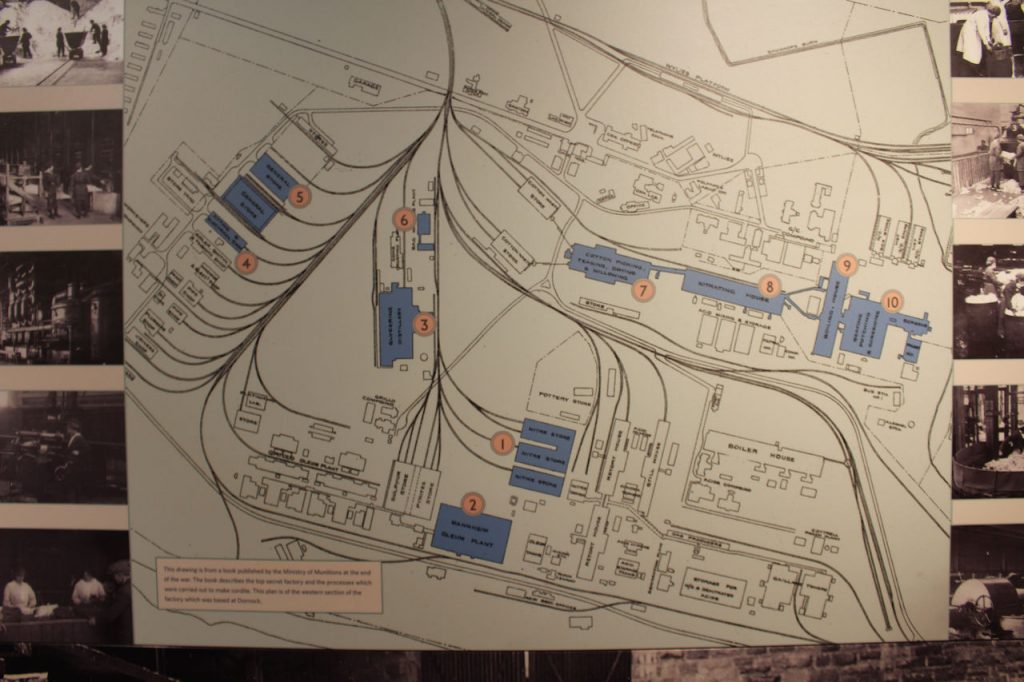
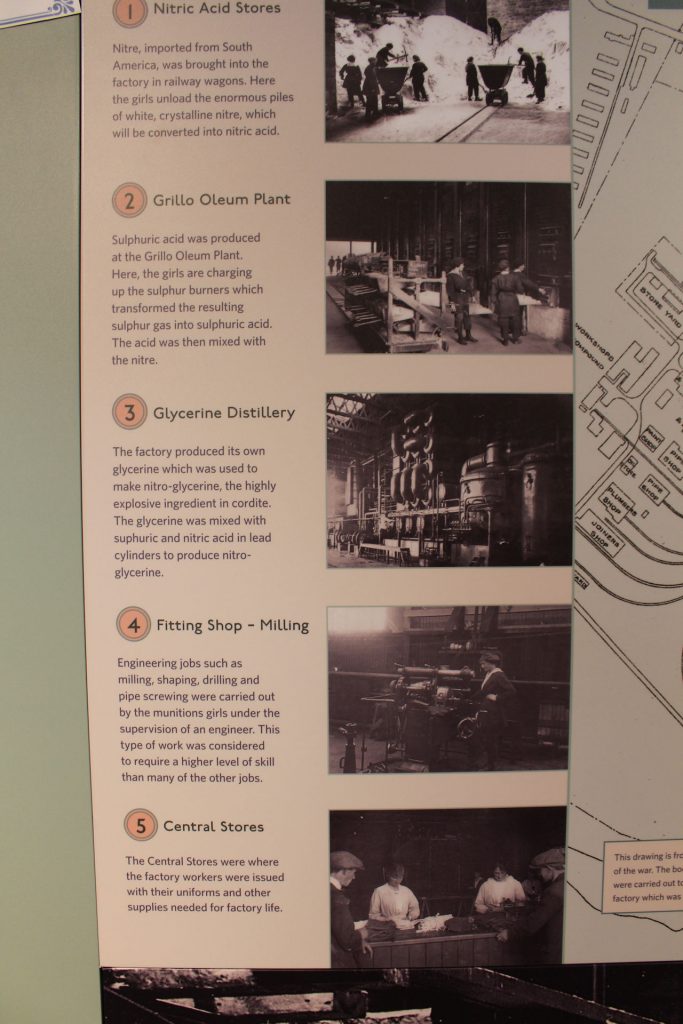
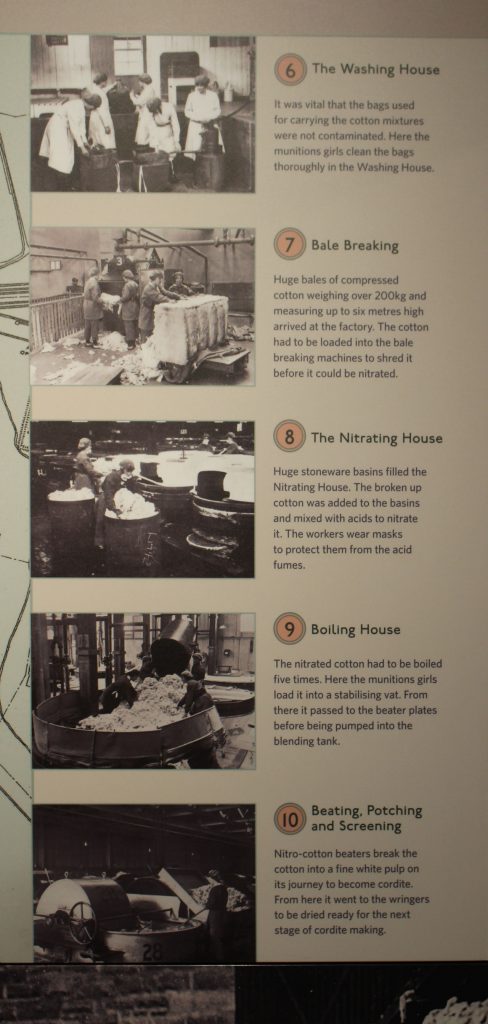
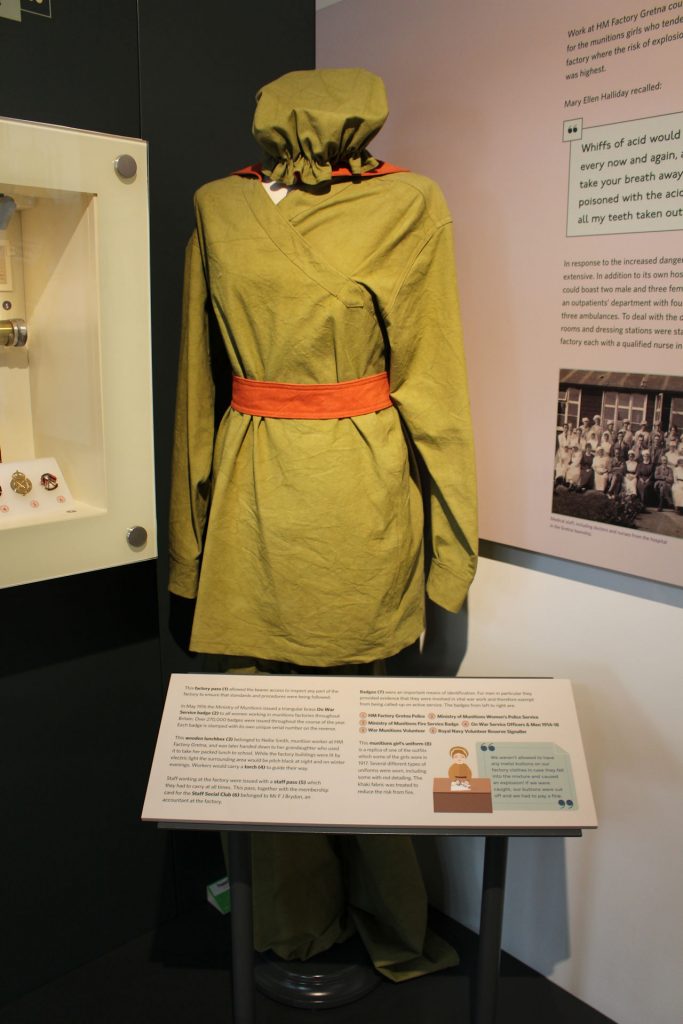
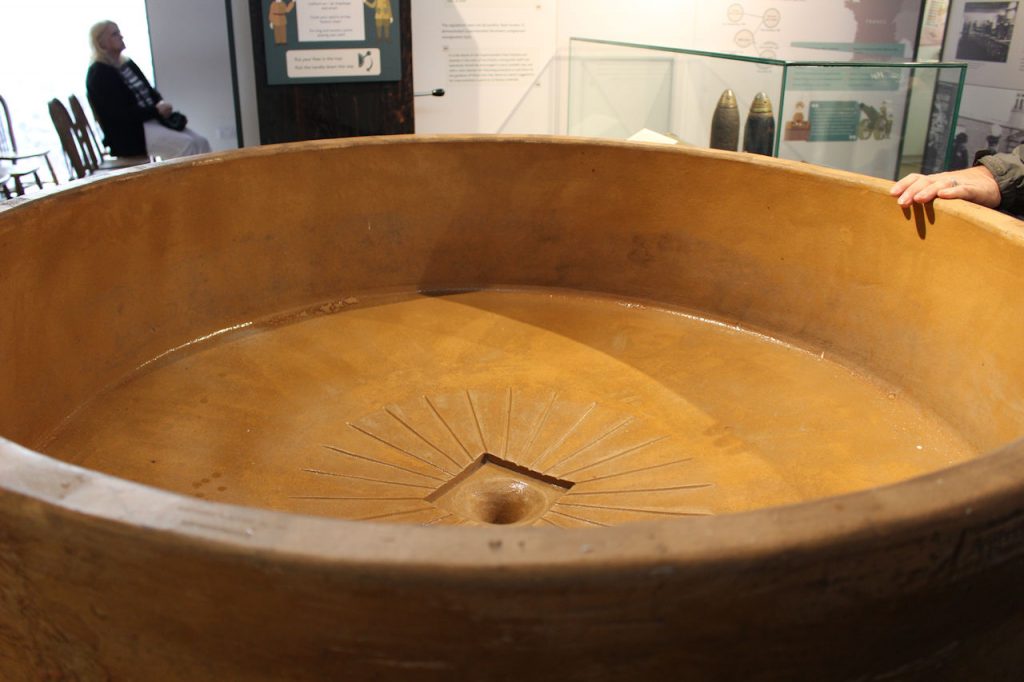
Another event depicted here at the museum is the Quintinshill Rail Disaster.

On the upper level of the museum, they have an area set aside for research, and another for “selfies”. Here, clothing from the era is available to try on and take your picture in – including an army helmet!
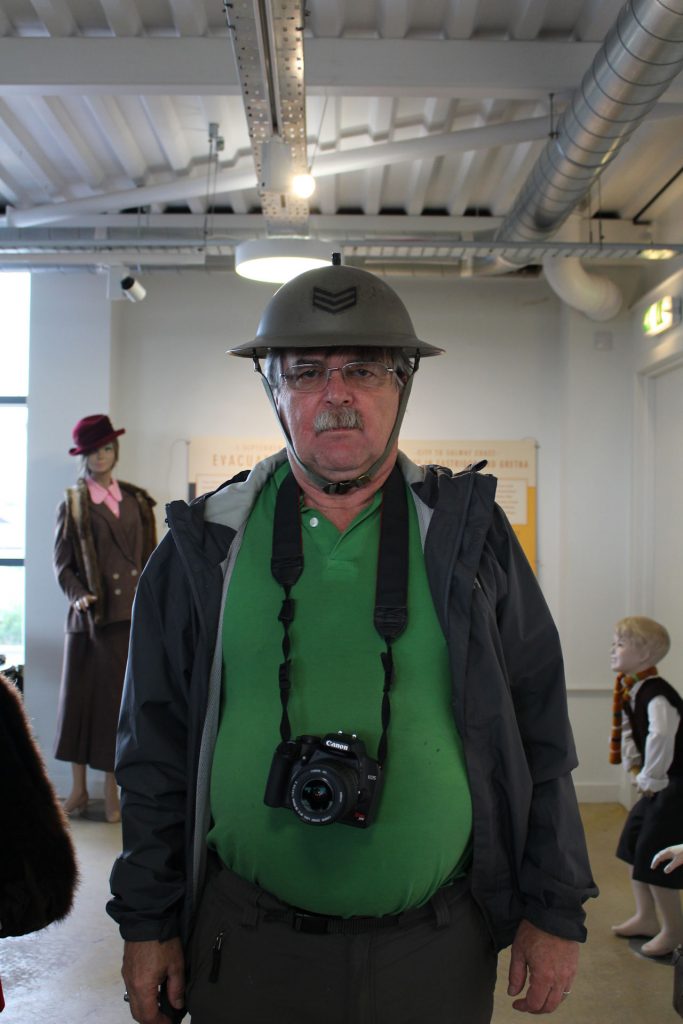
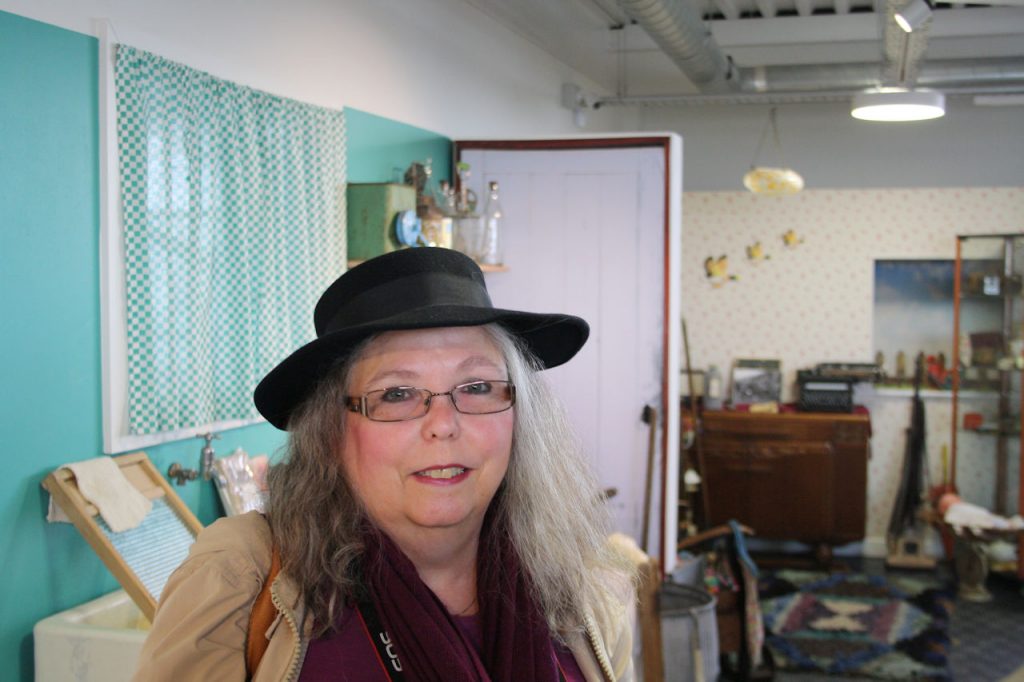
I rather like my chapeau even if I don’t look best pleased in the photo. Note to self… try to find something similar when I get home.
Before leaving the museum, I did namedrop. As in my crime writer friend’s name – Chris Longmuir and her historical novel, Devil’s Porridge, set at the actual munitions factory here.
I wanted to visit Hermitage Castle, one of the many properties under the care of Historic Scotland. It happened to be on our route to Kelso (more or less).
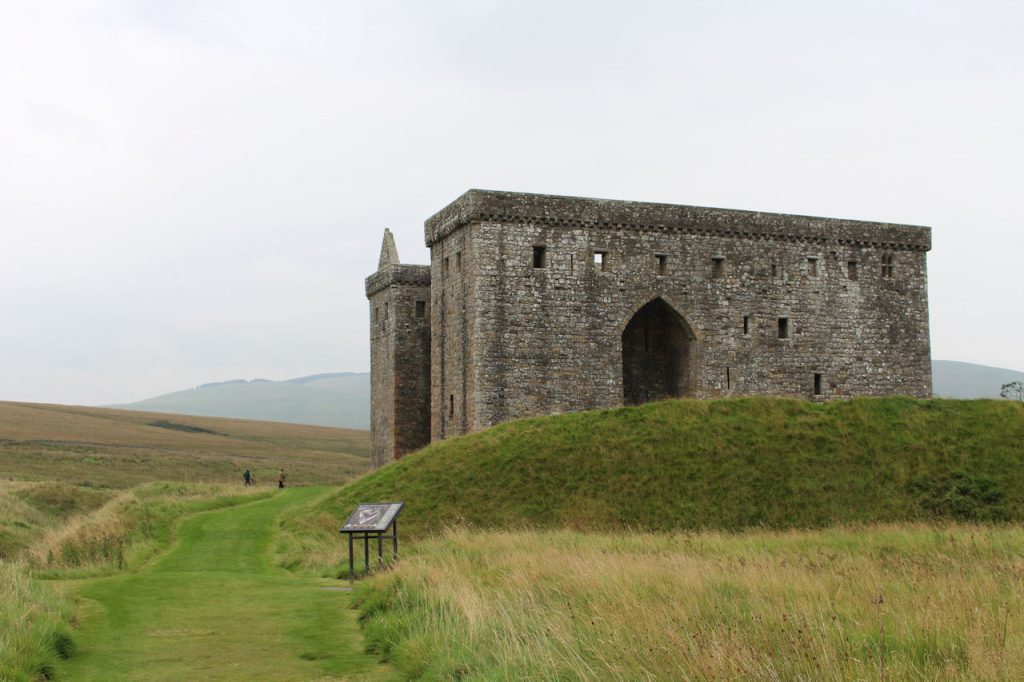
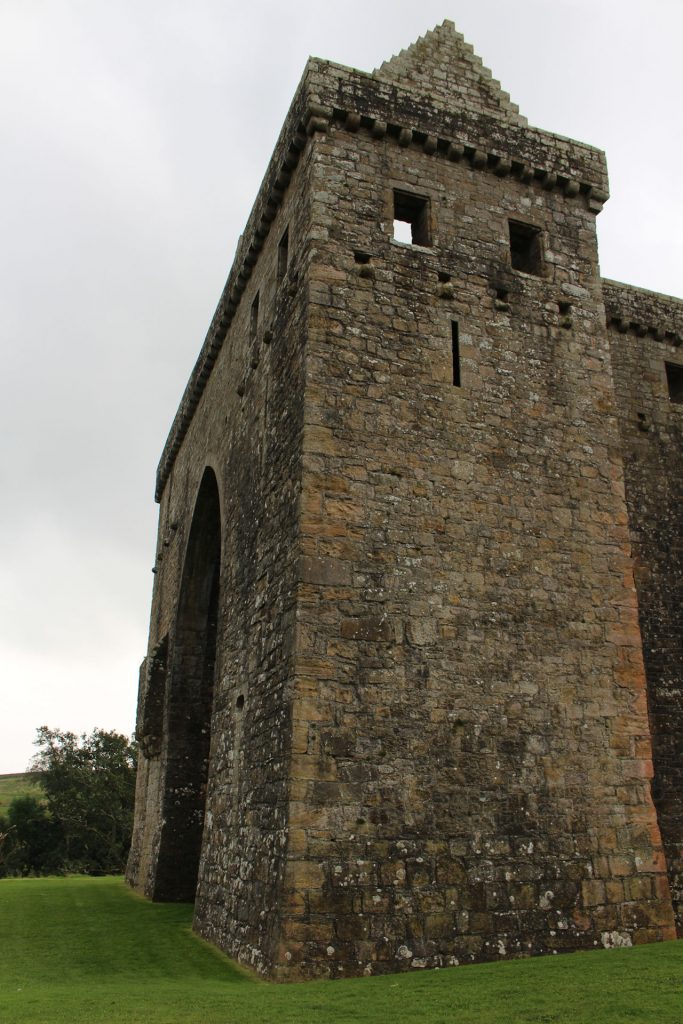


After leaving the castle, I got my fill once again of narrow roads with passing places – and cattle grids. I really don’t mind these roads although they’re much better when the visibility is better. You don’t want to end up having to back up to a passing place if you don’t have to. I drove and put hubby to work taking pictures out the windscreen.
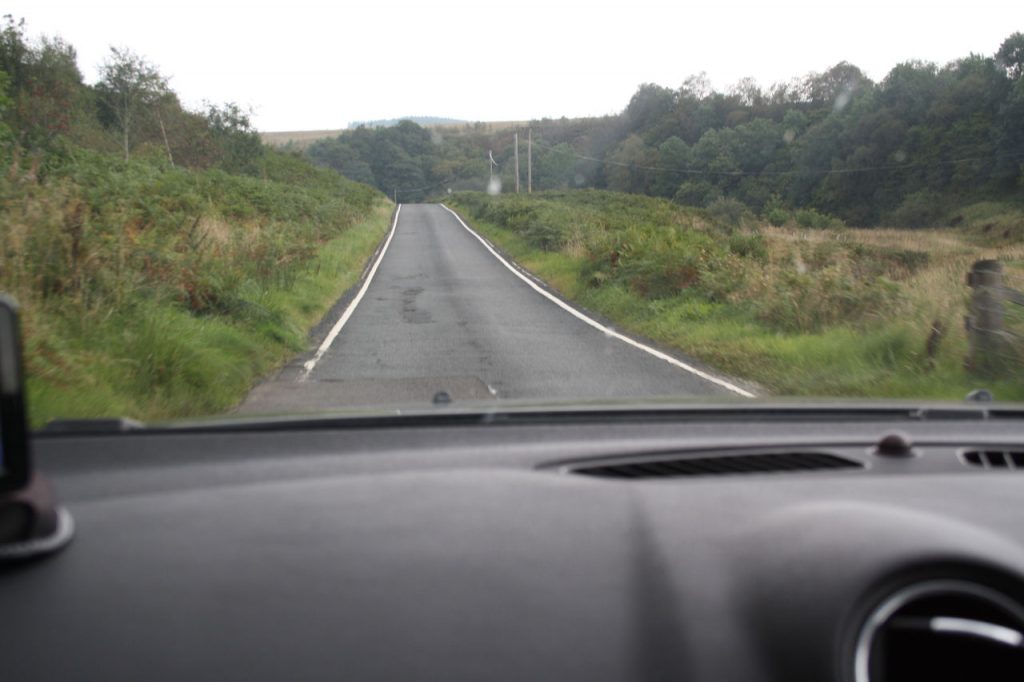
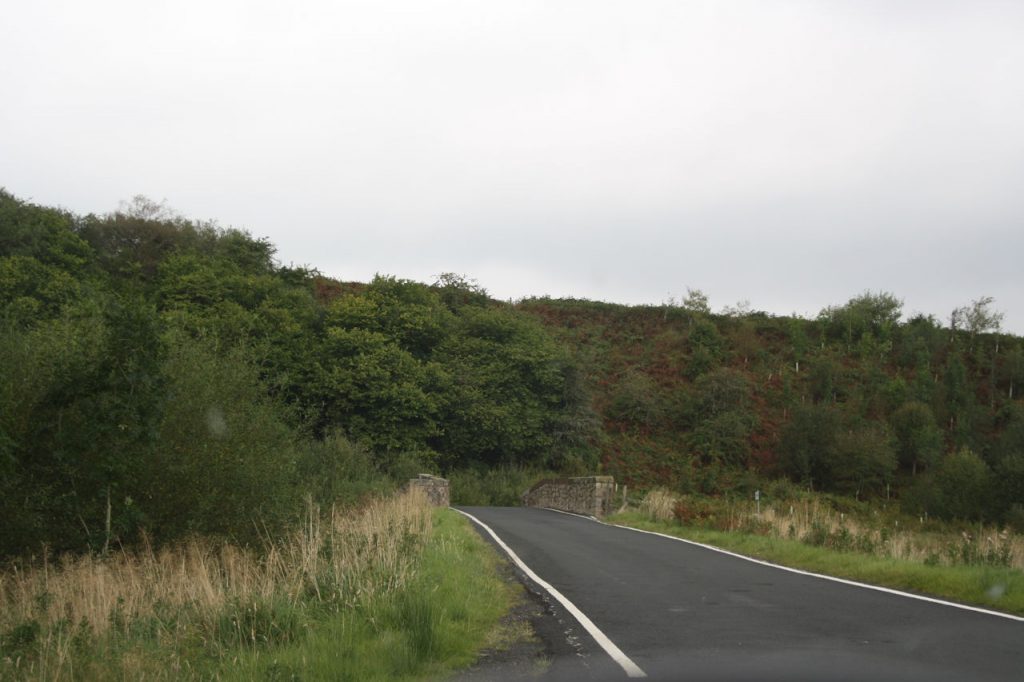
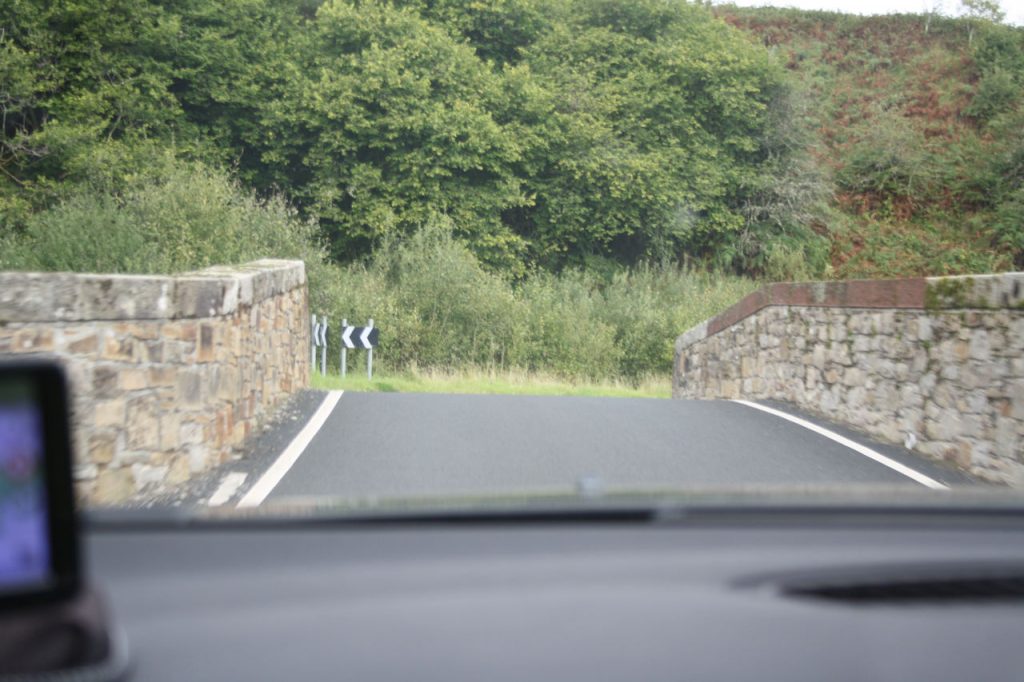
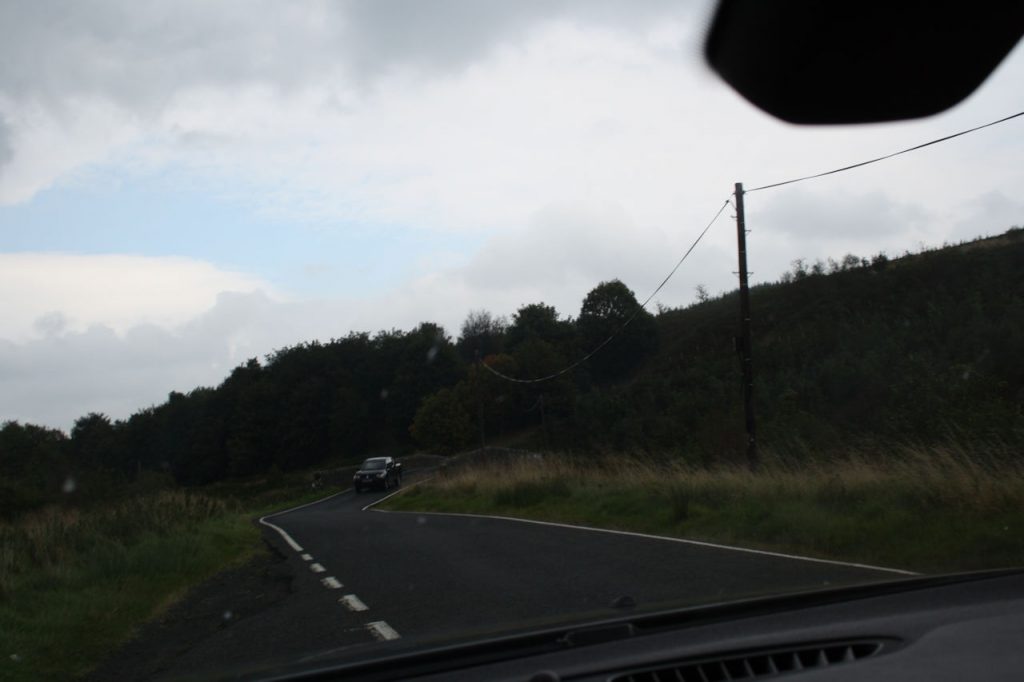
The Waverly Route Heritage Association has preserved a section of track and we spotted this passenger carriage on our right. Despite passing place etiquette not allowing for such things as photo ops, the traffic was so light, I couldn’t resist.
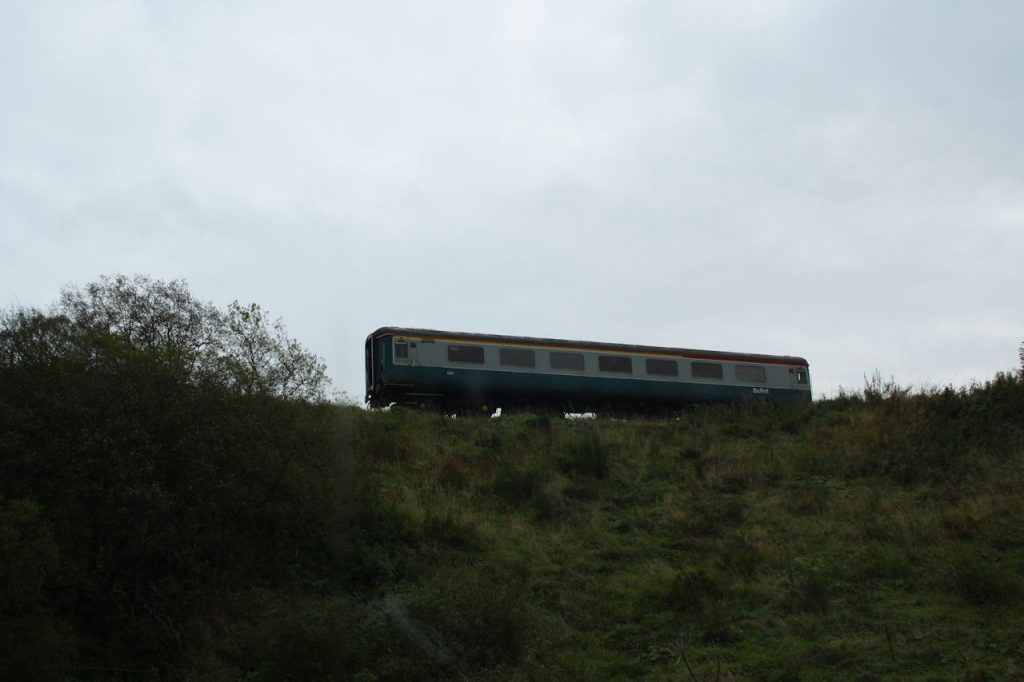
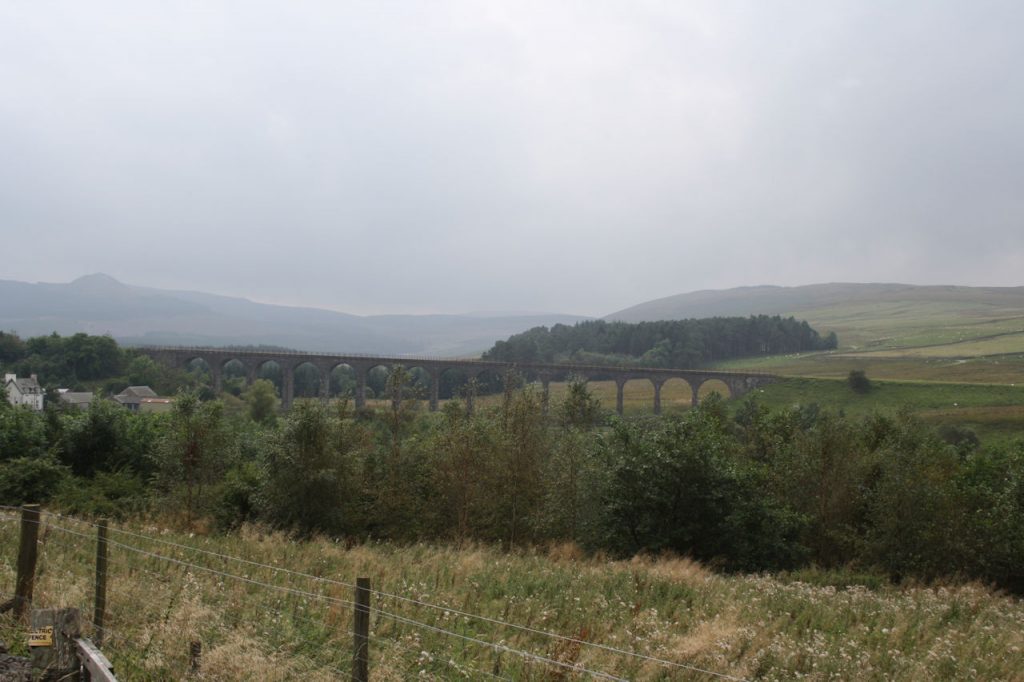

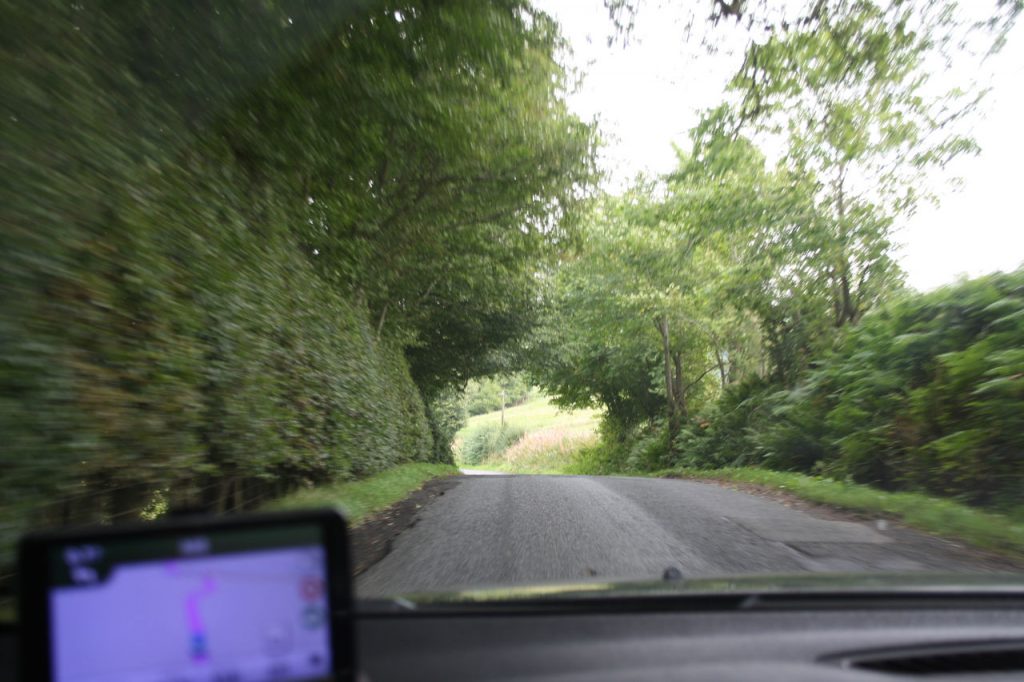
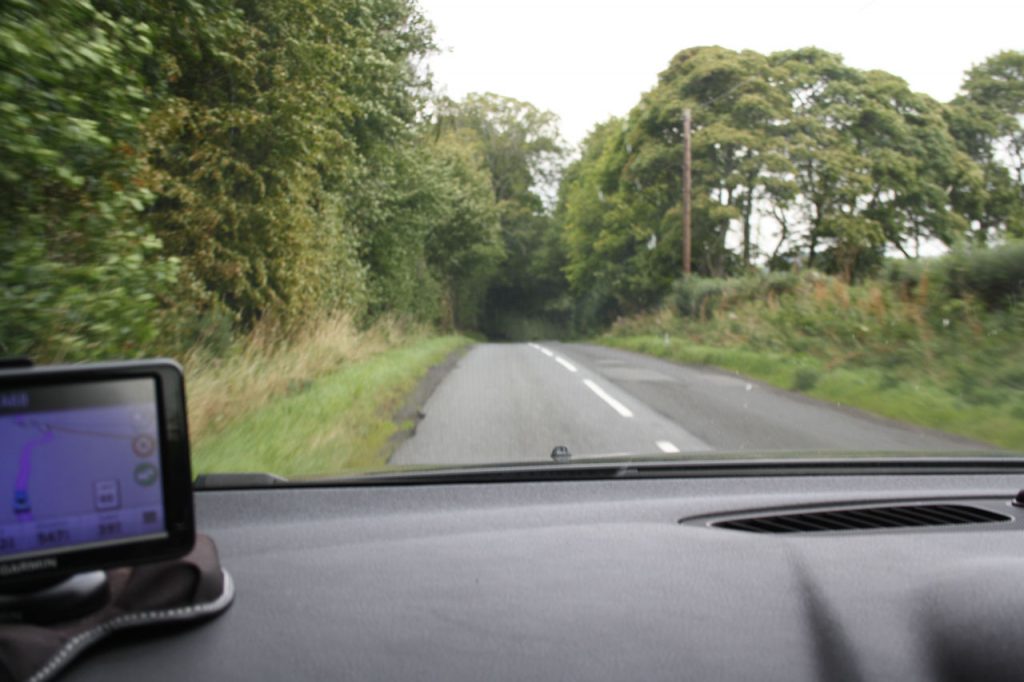

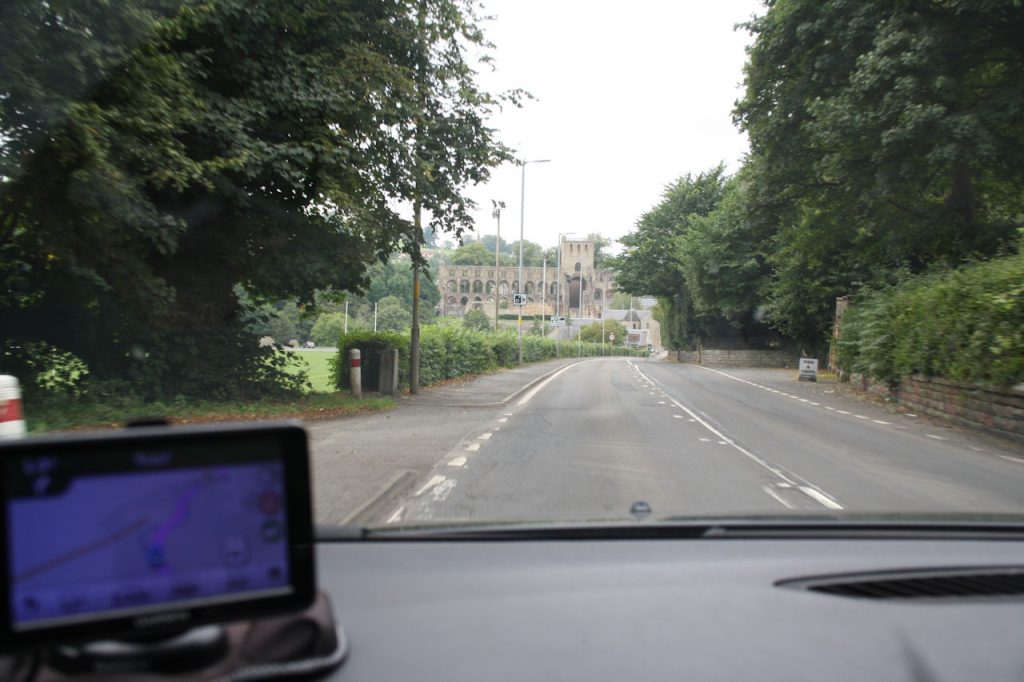
Once through Jedburgh, it didn’t take long before we found ourselves at Duncan House in Kelso. This is the third time we’ve stayed there and since the first time, have said ‘next time we’ll stay for more than one night’. So far it hasn’t happened.
Call it premonition, but the night before I looked up an email from our host (from the previous year) to check the combination for the lock box. If I hadn’t, we might not have been able to get in, although I carried printed confirmations of all of our accommodations and other pre-booked events with me.
The first thing I did when I got up to our room (same room we’ve had each time, too) was pull out the laptop and its power supply. Plugged in, I powered up. A huge wave of relief washed over me when the lock screen came up. Not sure what crawled up the computer’s butt in the morning but at least now I could say ,”It’s alive!”
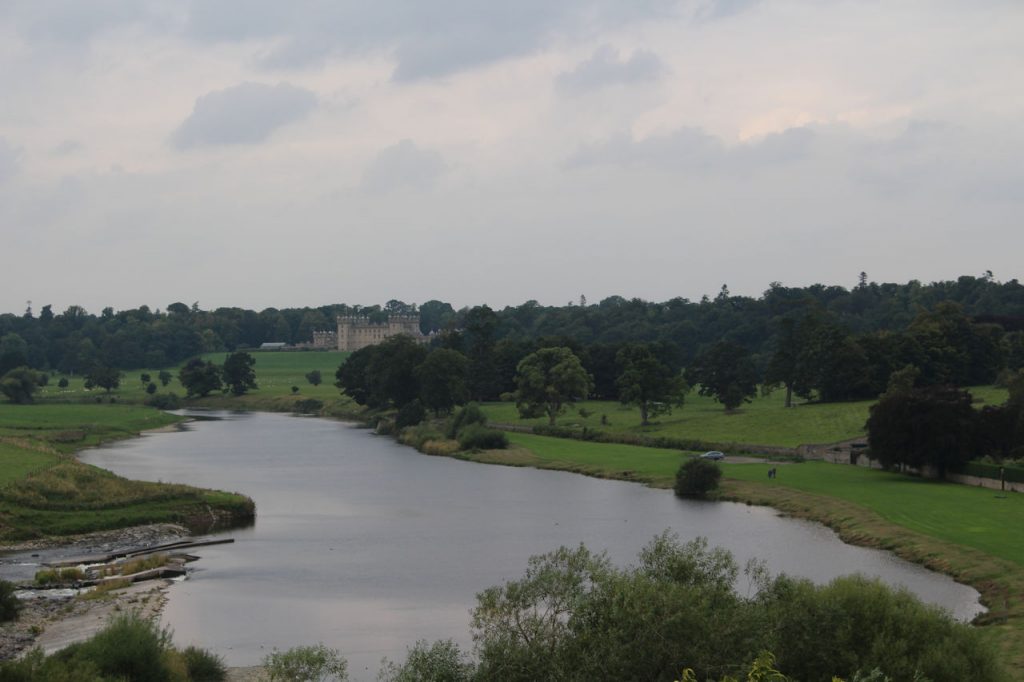
Knowing the computer survived, we walked down to Kelso Abbey. On the way, a woman outside one of the shops approached us with bags to collect gently used clothes. I had something else in mind for them. After accepting them, we continued on to the abbey, poked around the ruins there and through the cemetery on the other side of the street.
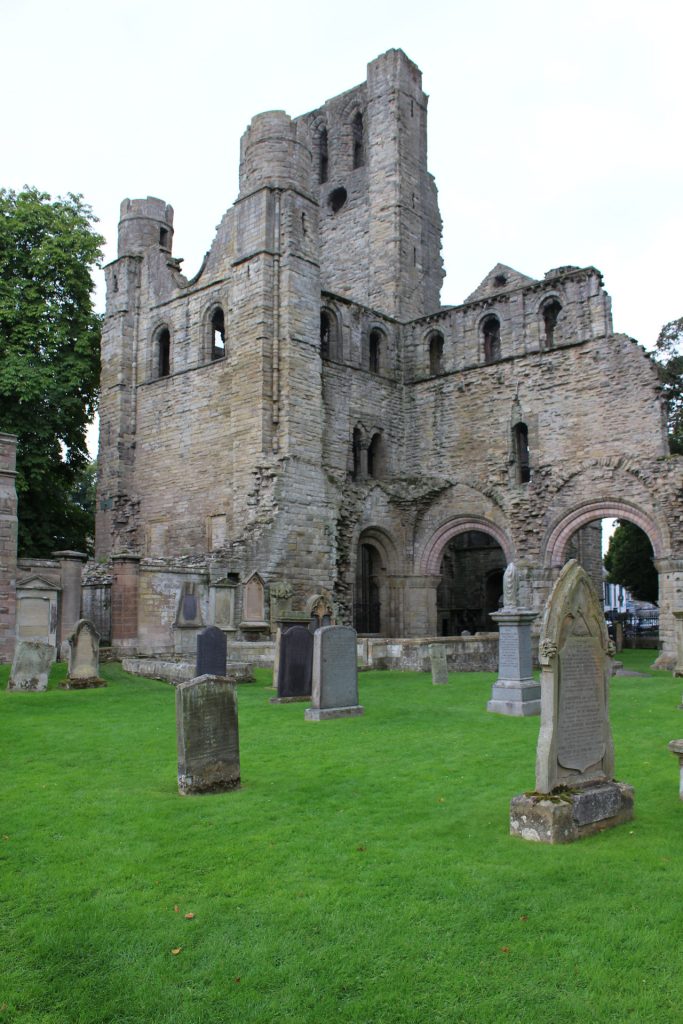
This cute gallery in the shape of a boat stands on Abbey Row across the street from the graveyard.
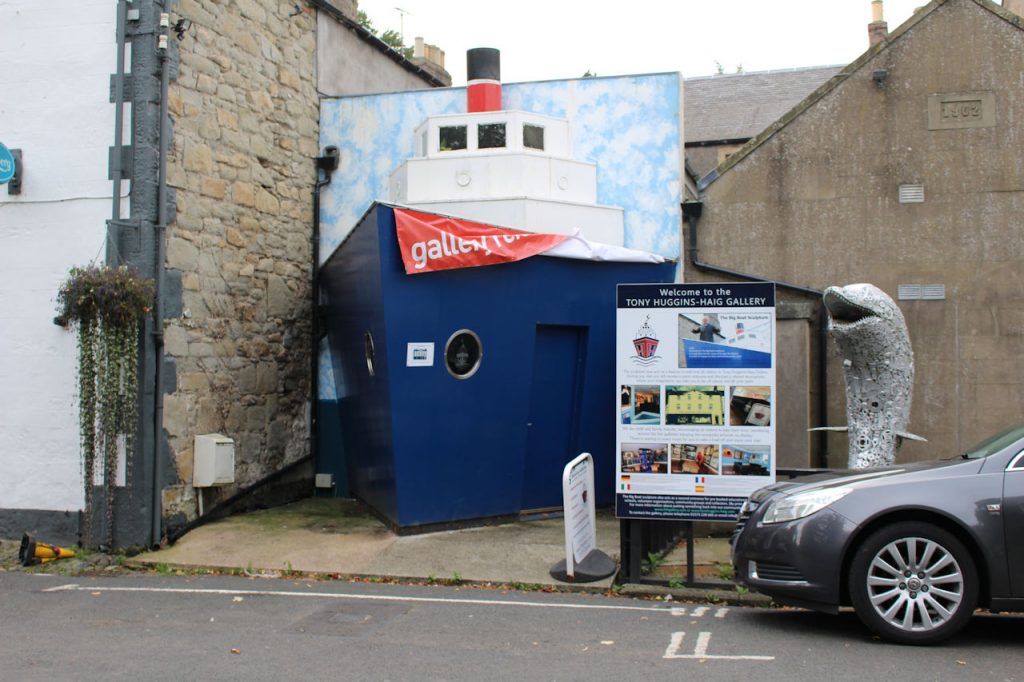
After a wander around the town, we made our way to The Waggon Inn where we had a delicious meal.

Paused for a selfie on the way back to Duncan House after our meal.
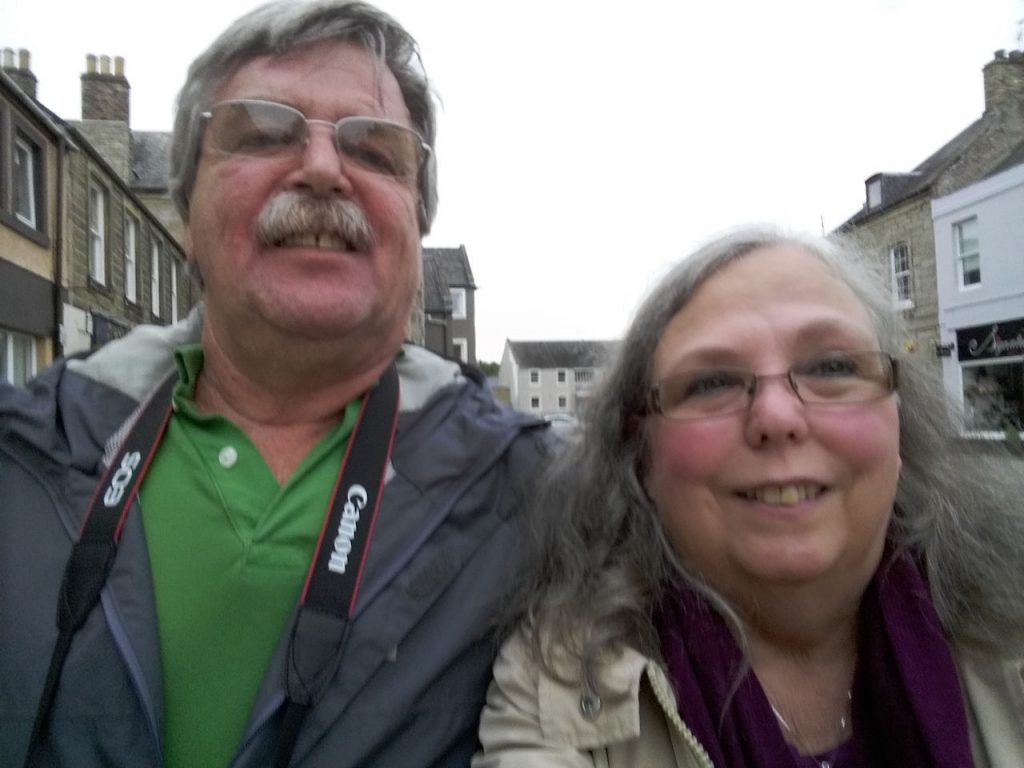
Tomorrow we head north to Broughty Ferry and back to the same hotel we stayed in last year.

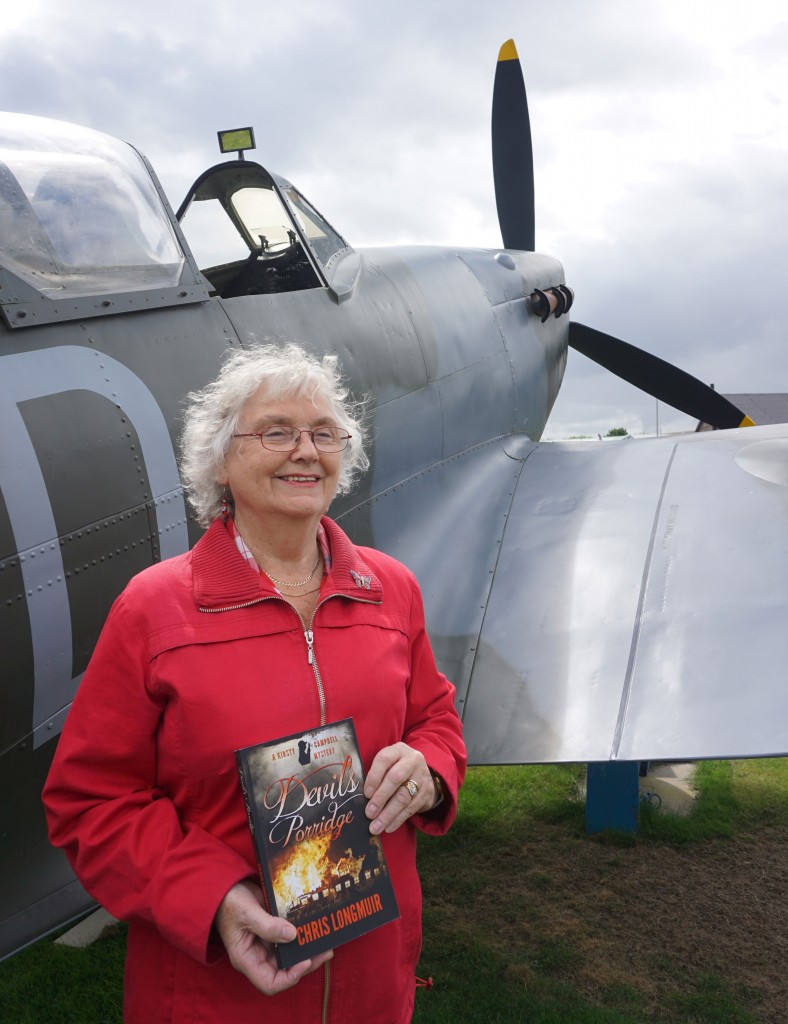 Welcome back to Celtic Connexions, Chris. I see you’ve brought your latest novel with you. Can you tell us about Devil’s Porridge?
Welcome back to Celtic Connexions, Chris. I see you’ve brought your latest novel with you. Can you tell us about Devil’s Porridge?